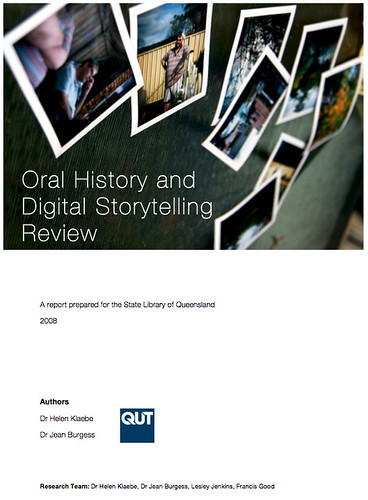With the advent of information era, technologies are influencing our lives in varieties areas, including the education. More and more teachers as well as students use internet tools to teach and learn. As a result, it's imperative for us who are going to teach in a few years to gain some technologies skills.
Blogs are quite popular used in nowadays teaching classrooms for it can enhance and deepen learning. And there are a wide variety of ways of using them. Following are three ways I will choose to use blog in my teaching:
The first way I choose is to use blog as my Class Portal which can be a place for me to publish the course curriculum, syllabus, class rules, homework assignments and so on. Through this way, blogs will become a powerful course management tool and students can easily find their homework from the blog.
As we have created a class blog, the second way is to encourage students to blog their thoughts and questions, also, blog journal entries. What's more, to encourage students to post their comments and ideas about a topic discussed in the class.
The third way I will use it to post some videos or photos on the blog and ask students to discuss and write the reflections to these materials.
Communication
Since language is created for communication, we have to share our thoughts or different ideas by speaking or writing. Using a blog in teaching can encourage students to share their opinions through the Internet. They can discuss, post comments, ask questions on class blog so that the aim of communication can be achieved in the classroom.
- Standard 1.1 Students engage in conversations, provide and obtain information, express feelings and emotions, and exchange opinions
- Standard 1.2 Students understand and interpret written and spoken language on a variety of topics
- Standard 1.3 Students present information, concepts, adn ideas to an audience of listeners or readers on a variety of topics.
Culture
Effective communication involves meanings that go beyond words and require an understanding of perceptions, gestures, folklore, and family and community dynamics. We can post a video or pictures that related to different cultures on the blog, and students can share their diverse culture background on the blog as well. In this way, blogs be used as a platform to learn and know other cultures.
- Standard 2.1 Students demonstrate an understanding of the relationship between the practices and perspectives of the culture studied
- Standard 2 .2 Students demonstrate an understanding of the relationship between the products and perspectives of the culture studied
Communities
On the blog, we can post some interesting topics related to students' hobbies or daily lives, such as favoriate movies, sports or novels. Through this way, communicating in the second language is no longer regarded as a learning course but a way to know more about others as well as to build friendship. Gradually, students may become more and more interested in learning a second language.
- Standard 5.1 Students use the language both within and beyong the school setting
- Standard 5.2 Students show evidence of becoming life-long learners by using the language for personal enjoyment and enrichment.
Reference:
 Podcasting makes language learning more convenient since the learning process is no longer been constrained by the time or places. With podcasting, we can learn at any time anywhere.
Podcasting makes language learning more convenient since the learning process is no longer been constrained by the time or places. With podcasting, we can learn at any time anywhere.







